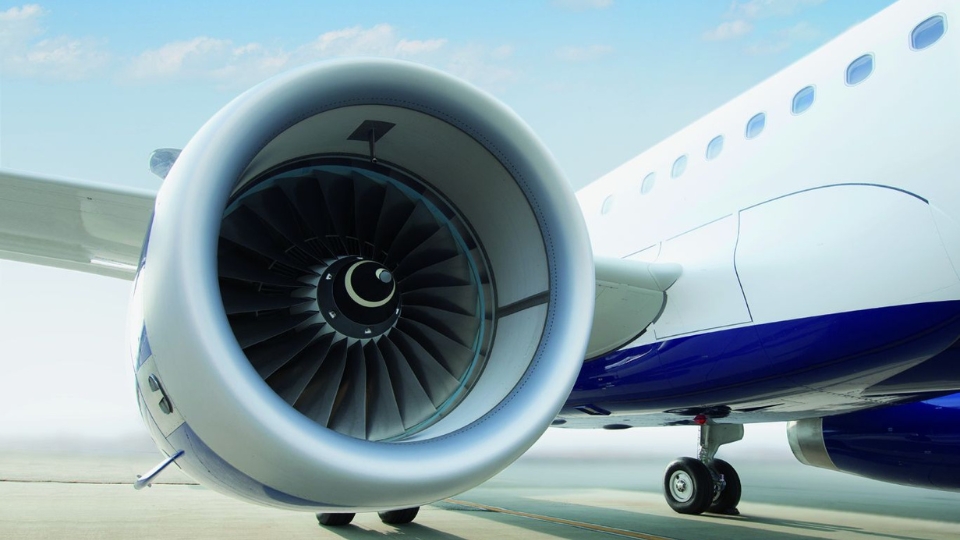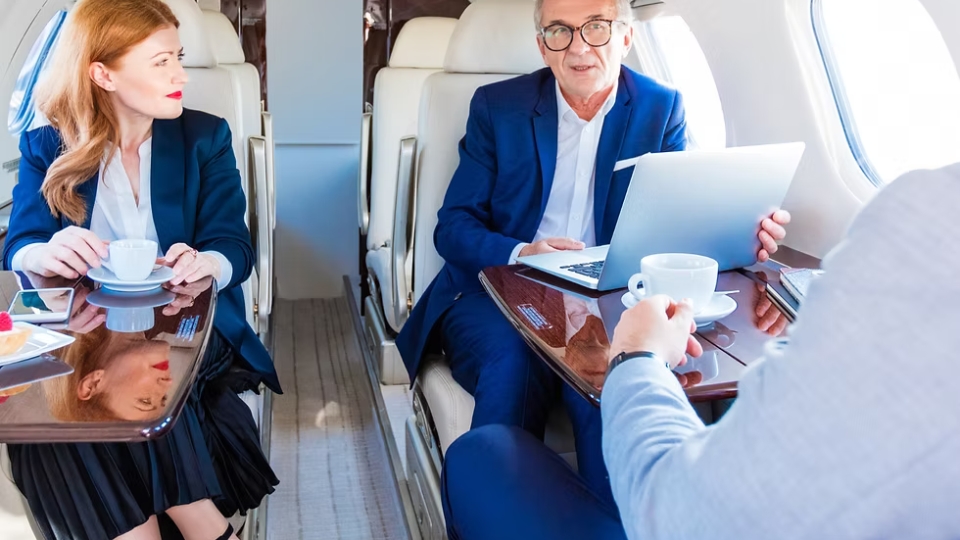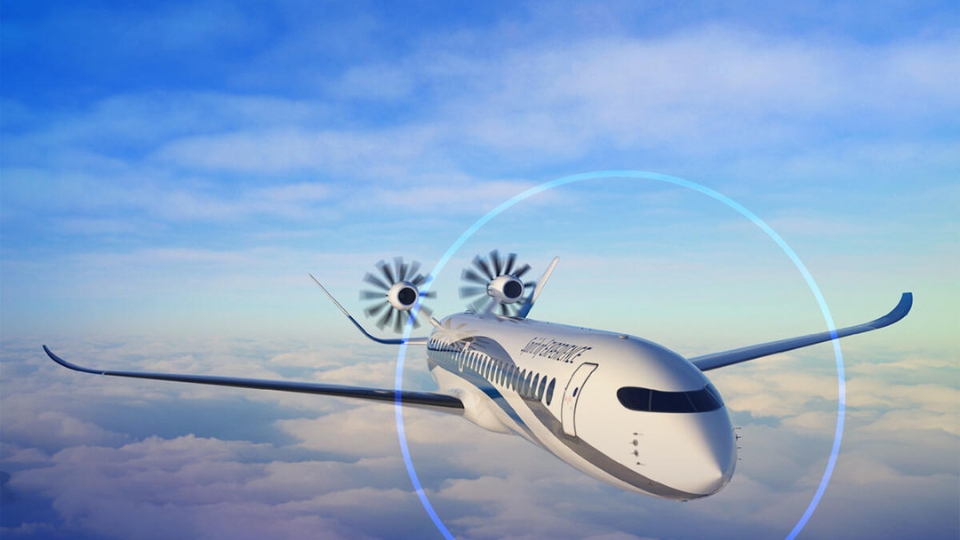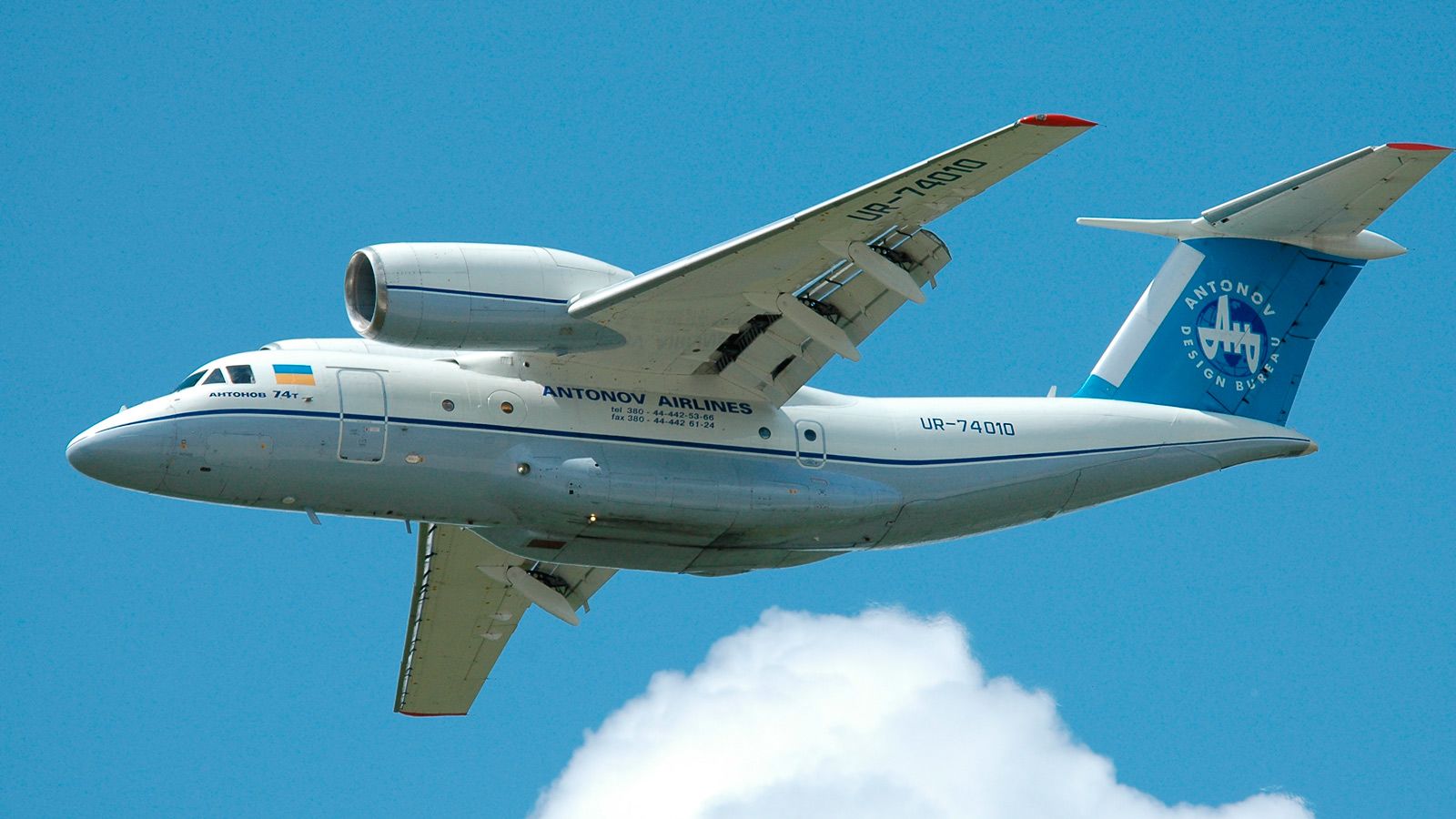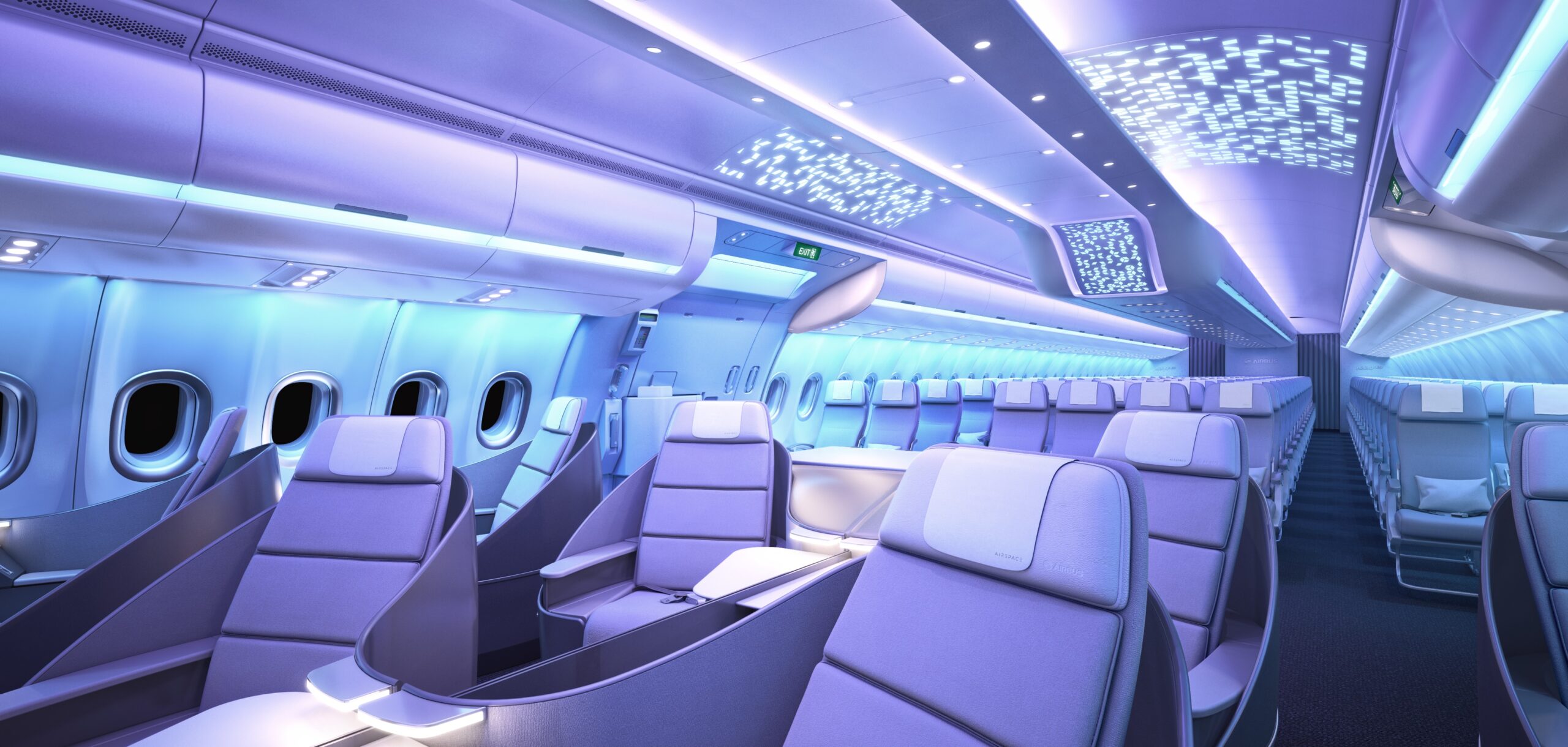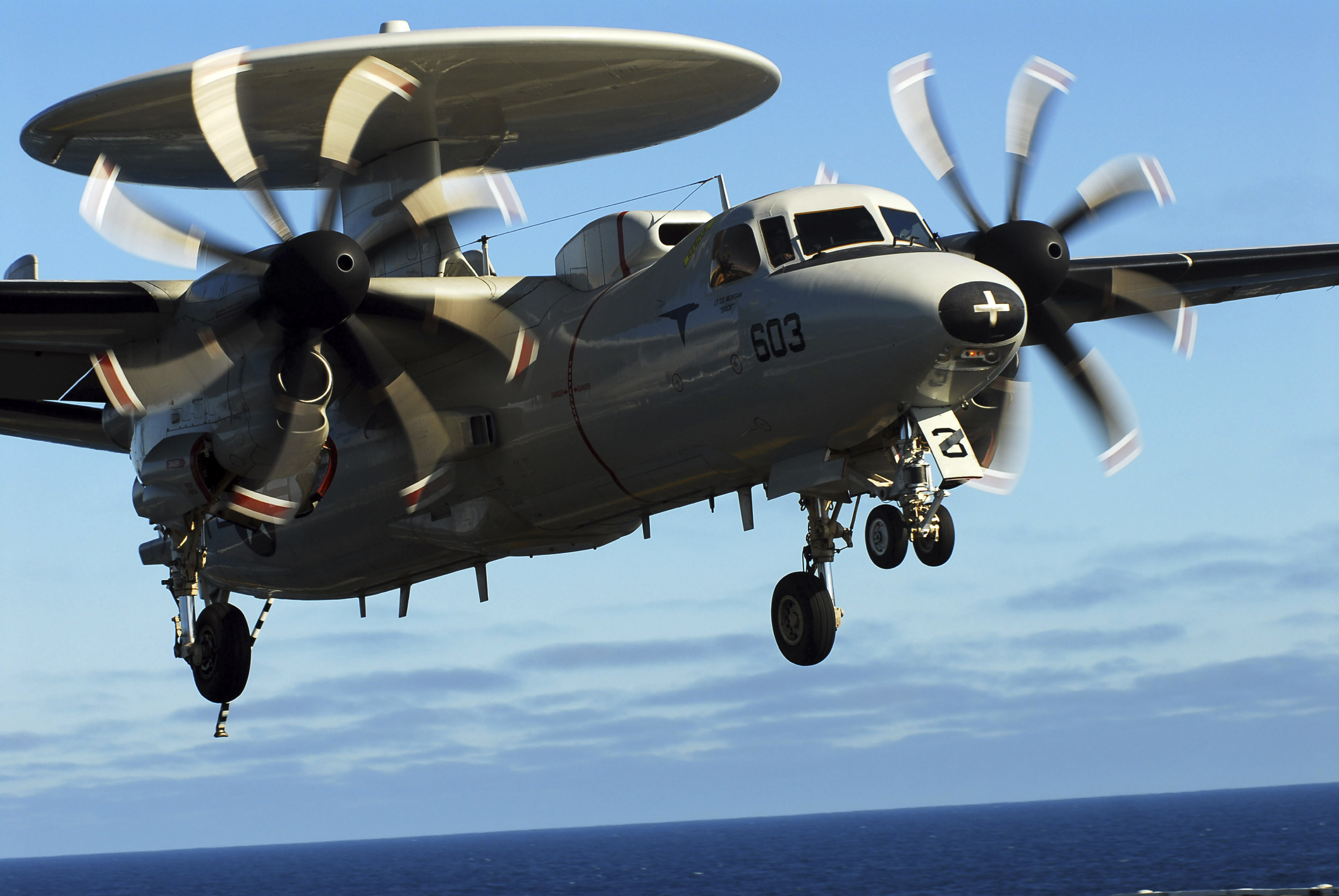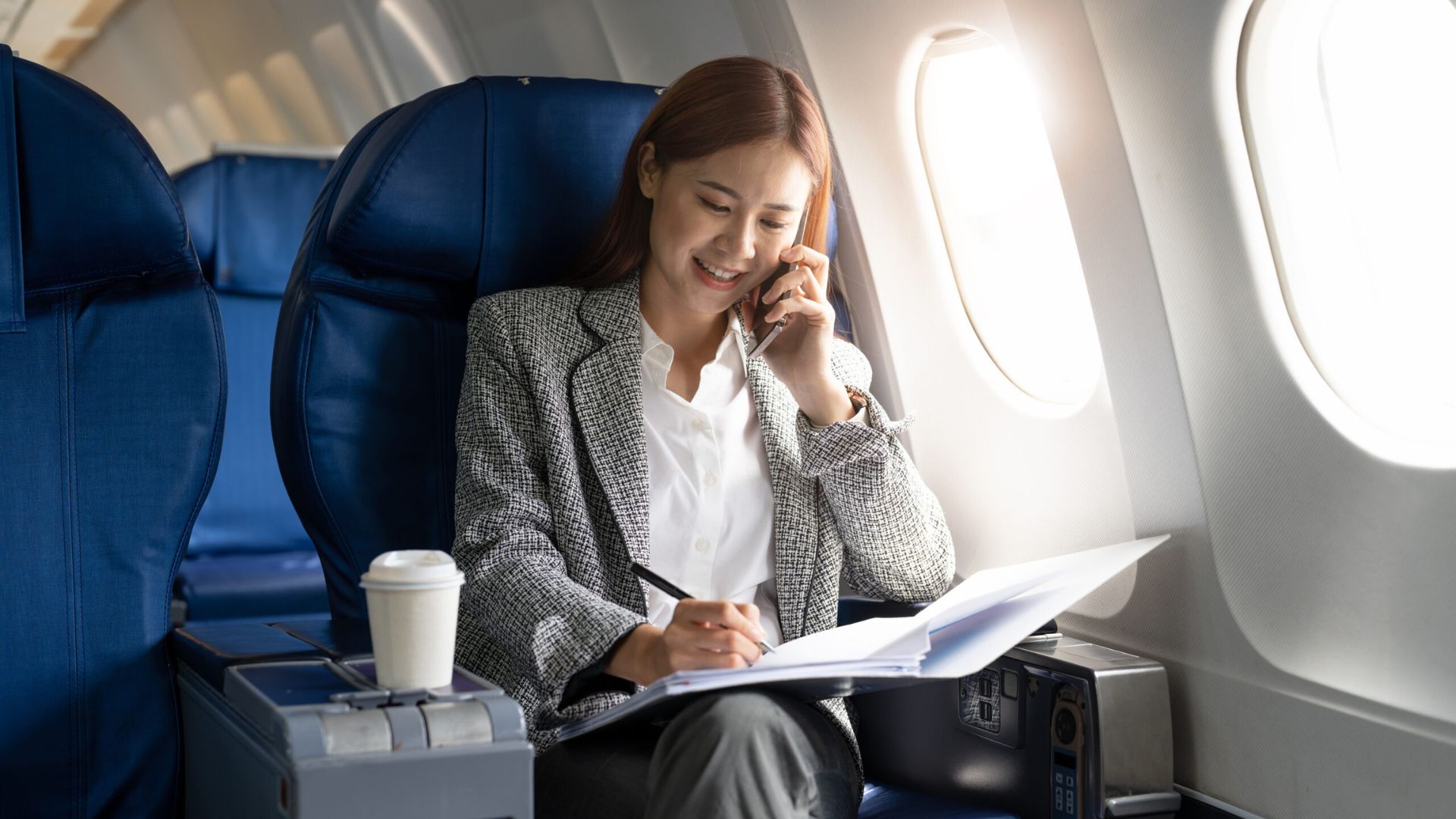Modern aviation has entered a new era of innovation. Today’s passenger aircraft combine cutting-edge technology, luxurious interiors, and remarkable fuel efficiency. Airlines now compete not only on destinations but also on how comfortable and connected your flight experience can be. From smart cabins to quiet engines, every detail is designed to enhance travel.
The world’s most advanced passenger aircraft represent the future of air travel—where comfort meets performance and sustainability blends seamlessly with innovation.
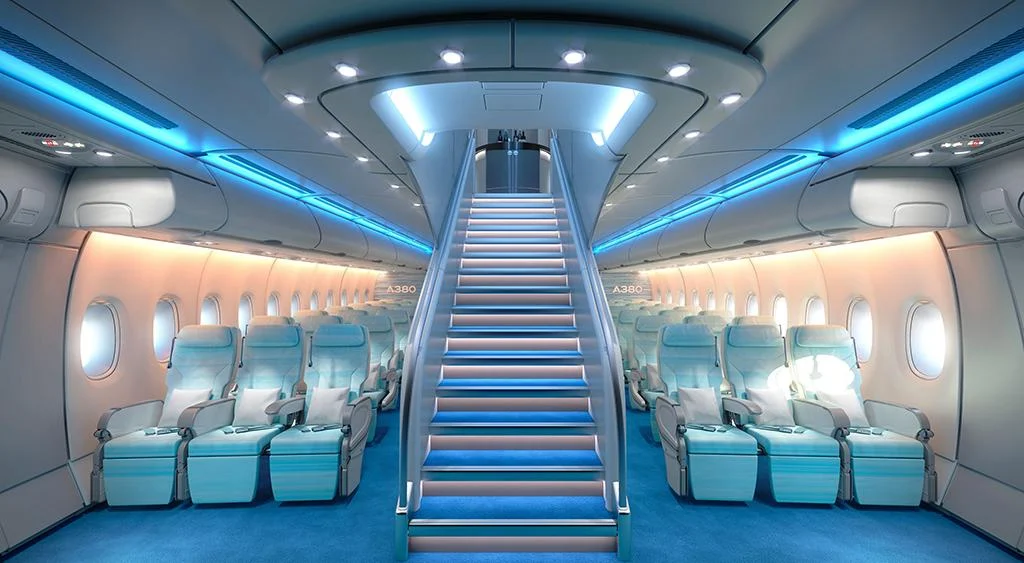
Inside the World’s Most Advanced Passenger Aircraft
Smarter, More Efficient Aircraft Design
Aircraft manufacturers like Airbus and Boeing are constantly improving designs to deliver better performance and fuel efficiency. The use of lightweight materials such as carbon-fiber composites reduces weight without sacrificing strength. As a result, aircraft can fly farther using less fuel.
Engineers also optimize aerodynamics with features like curved winglets and blended wing shapes. These adjustments minimize drag, saving fuel and improving stability. In addition, advanced flight control systems automatically adjust wing surfaces to maintain balance and smooth airflow.
Together, these design innovations make modern aircraft faster, quieter, and more environmentally friendly.
Spacious and Comfortable Cabins
Stepping inside an advanced aircraft reveals a focus on passenger well-being. The cabins are larger, brighter, and quieter than ever before. Airlines have invested heavily in interior design to make long-haul travel feel effortless.
Wider seats, customizable lighting, and improved air filtration create a fresher atmosphere. High ceilings and bigger windows provide a sense of openness, reducing fatigue during long flights. Moreover, cabin pressurization systems now simulate lower altitudes, which helps minimize jet lag.
Many airlines even offer mood lighting that adjusts according to flight stages—energizing passengers during boarding and calming them before landing.
State-of-the-Art In-Flight Entertainment
Technology has completely transformed how passengers enjoy their time in the air. The latest aircraft feature high-definition entertainment screens, personalized content, and Bluetooth connectivity.
Passengers can stream movies, browse music, or even pair their devices directly with the system. Some aircraft include in-seat ordering for meals and drinks, bringing convenience right to your fingertips.
Furthermore, high-speed Wi-Fi ensures that travelers stay connected from takeoff to landing. Whether you’re sending emails or joining virtual meetings, the connection remains stable and fast.
Advanced Cockpit Technology
Behind the cockpit doors lies some of the most sophisticated technology ever developed. Modern aircraft use digital flight decks that integrate data from multiple systems into sleek, touch-screen displays.
Pilots receive real-time weather updates, route adjustments, and system diagnostics through intuitive interfaces. Automation assists with navigation and fuel management, reducing workload while enhancing safety.
Fly-by-wire technology replaces traditional mechanical controls with electronic systems, offering smoother and more precise handling. This level of precision allows aircraft to adapt instantly to changing conditions, ensuring stability and efficiency throughout the flight.
Quiet and Powerful Engines
The engines powering these aircraft are both powerful and remarkably quiet. Manufacturers have developed new turbofan engines that reduce noise while maximizing thrust. Passengers benefit from a calmer cabin environment, while nearby communities experience less disruption during takeoffs and landings.
These engines also use advanced materials that withstand high temperatures while improving fuel burn. With each generation, engine efficiency increases, enabling longer routes and lower emissions.
Because of these innovations, modern aircraft like the Boeing 787 Dreamliner and Airbus A350 can travel farther than ever before without compromising comfort or sustainability.
Smart Environmental Systems
Airlines and manufacturers are now focusing on sustainability as much as performance. Advanced passenger aircraft come equipped with energy-efficient systems designed to reduce carbon emissions.
Recycling air within the cabin conserves power while maintaining freshness. LED lighting systems lower energy use, and smart sensors manage cabin temperature automatically. Even waste management systems have become greener, using materials that minimize environmental impact.
In addition, many airlines now experiment with sustainable aviation fuels (SAF), which significantly reduce lifecycle emissions. These innovations bring aviation closer to a cleaner, eco-conscious future.
Personalized Passenger Experience
The modern flying experience feels more personal than ever before. Smart seating systems adjust automatically for posture and comfort. Some business and first-class cabins include privacy doors, lie-flat beds, and built-in massage functions.
Passengers can control entertainment, lighting, and temperature directly from their screens or mobile devices. Furthermore, advanced aircraft feature quieter air circulation, improving overall well-being during long flights.
Every element—from the cabin layout to service technology—is designed to make travel smoother and more enjoyable.
Looking Ahead: The Future of Passenger Aircraft
The next generation of aircraft promises even more innovation. Engineers are exploring hydrogen-powered engines and fully electric planes to eliminate emissions. Concepts like blended-wing-body designs and AI-assisted flight controls could transform aviation entirely.
Future aircraft will likely be lighter, faster, and smarter, with even greater emphasis on passenger comfort and environmental responsibility.
Conclusion
The world’s most advanced passenger aircraft redefine air travel by blending technology, comfort, and sustainability. Every feature—from intelligent design to personalized amenities—enhances efficiency and the passenger experience.
As the aviation industry continues to innovate, flying becomes not just a means of transport but a sophisticated journey that connects the world more responsibly and comfortably than ever before.





